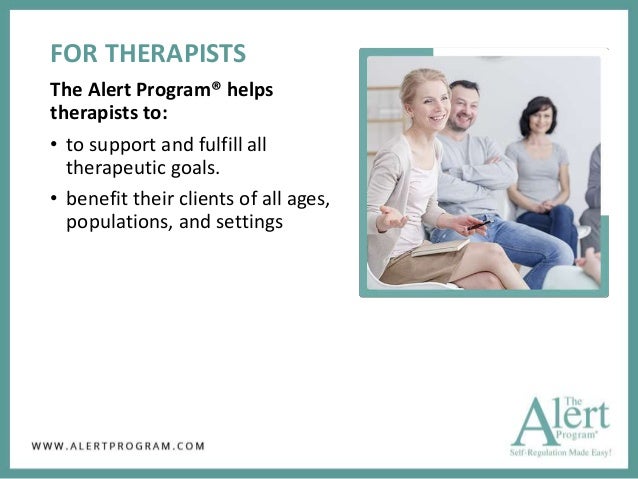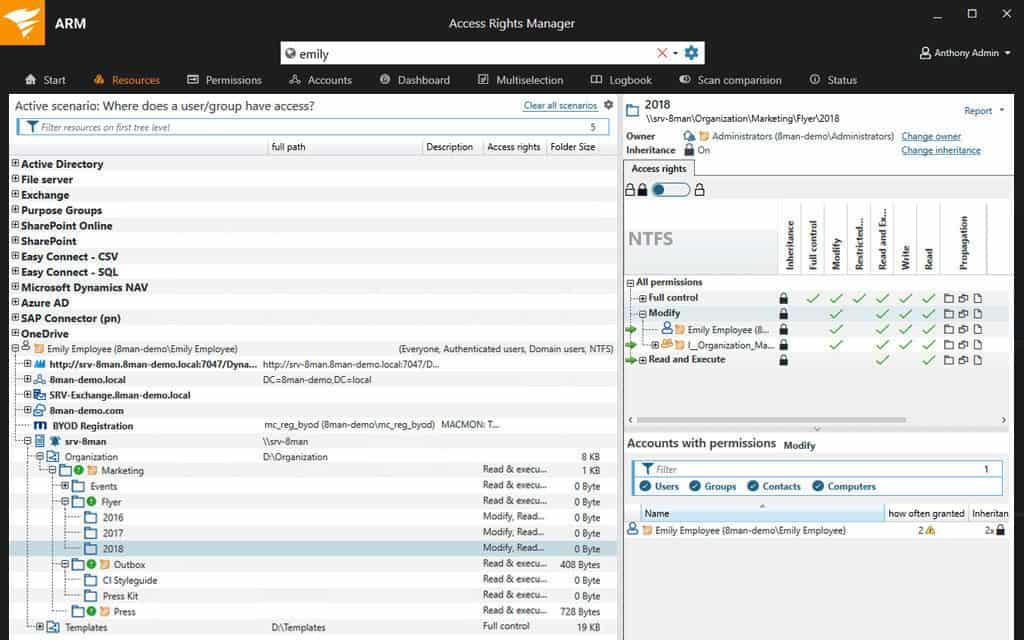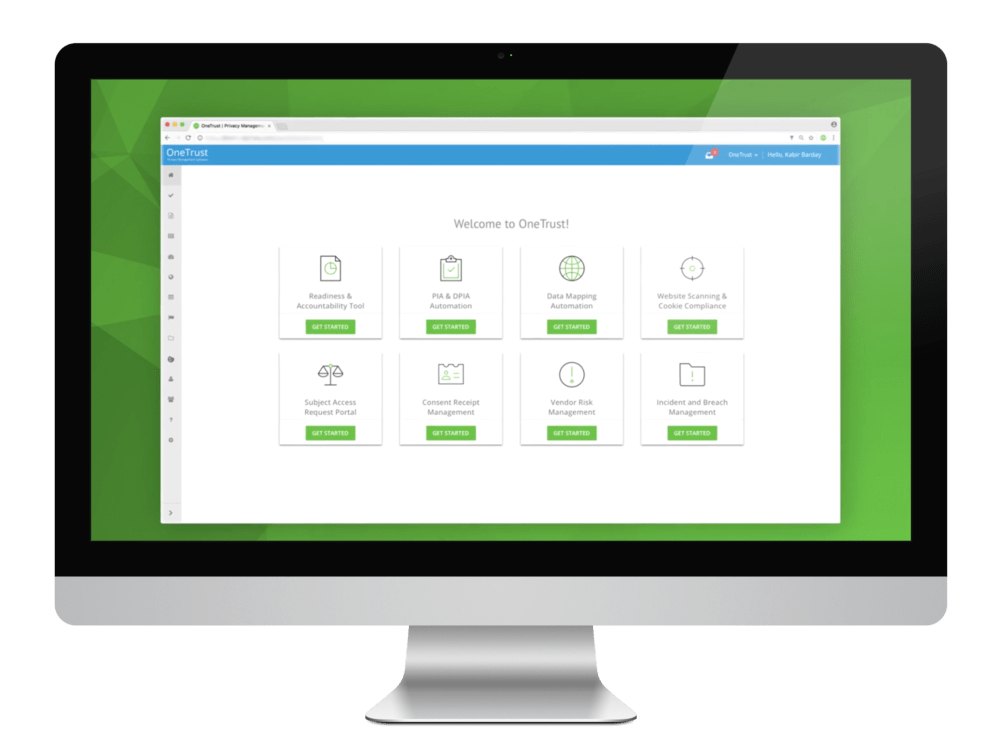Latest Release EspoCRM 6.0.9 (January 04, 2021)
EspoCRM is a free open-source web application that allows you to see, enter and analyze your company’s relationships with customers and partners alike. Lightning fast and easily customizable, this web-based CRM solution will provide you with the tools to understand your consumers’ behavior and cater your products and services specifically to their needs.
- The CentrixDTS Fraud Alert module makes the process more accurate and much simpler. Compromised card files from Visa, MasterCard, and Discover are processed into the CentrixDTS Fraud Alert module, which then provides an easy-to-understand automated fraud analysis report for each breach.
- We don't have any change log information yet for version 4.0.1 of Free Alarm Clock. Sometimes publishers take a little while to make this information available, so please check back in a few days to see if it has been updated.
- Goals that reflect improvement in self-regulation are functionally related. For example, the goal might relate to focusing, attending, or listening when required. Also, goals might relate to adjusting to transitions, or self-monitoring for the client to calm or alert when needed.

Speed up patient payments and free up staff time with paperless billing, online bill-pay, self-service payment plans, reliable pre-payments based on estimates, financial assistance, and more. Consolidate all of a patient’s outstanding balances - hospital, physician, and post-acute bills - into a single statement to simplify and improve the.

Download Free Alert Program For Self Regulation Software Pdf
The intuitive and easy-to-navigate interface allows for a seamless integration in a variety of fields and provides you with the opportunity to review and evaluate people, companies, projects, and opportunities. By analyzing the interactions between your company and your clients, EspoCRM provides you with insights into your customers’ behaviors and offers you solutions to improve your products and services range. Improve your relationships, boost your revenues and remain on top of your game with the free EspoCRM!
Compare Cloud vs On-premise deployment options and choose the one that best suits your business needs.
EspoCRM licensed under the GNU General Public License Version 3 (GPLv3).
Download Free Alert Program For Self Regulation Software Windows 10



Download Free Alert Program For Self Regulation Software Free
While all students will show changes in their level of alertness throughout the day, it is more difficult for students who have sensory processing or sensory integration difficulties to stay focused and alert during the school day. Not being able to alter his or her state of alertness to fit the classroom activities that are occurring could cause these students to be delayed in mastering school readiness skills, participation in school occupations, and understanding the educational material that is presented. The Alert Program for self-regulation is a compilation of activities and strategies that are based on Ayers's sensory integration and designed to help children recognize, maintain, and alter their alertness level to match either the environment they are in, or task they are completing. The purpose of this exploratory research study was twofold. First, to prospectively determine whether short-term, targeted application of Alert Program strategies was effective in improving the performance in students specifically identified as being 'probably' or 'definitely' at risk for self-regulation difficulties, and second, to retrospectively determine whether generalized, year long participation in the Alert Program as kindergarteners produced lasting effects for first and second graders. An extension of the first aim was to determine whether prior participation as kindergarten students in general programming influenced outcomes in specific programming one or two years later. Methods: There were 60 participants in all. Student populations included first and second grade students at The Oakwood School, an independent school in rural North Carolina, and a control group of second grade students at Williamston Primary School. All students were assessed using The Sensory Processing Measure (SPM-C) (Kuhaneck, Henry, & Glennon, 2007) and School Function Assessment: Part III Activity Performance - Cognitive/Behavioral Tasks (SFA) (Coster, Deeney, Haltiwanger, & Haley, 2008). Students at The Oakwood School who scored as having a probable or definite difference in one of four subtests, vision, hearing, touch, or balance and motion, or the total score for the SPM-C were included in a six or eight week follow-up of Alert Programming. The SPM-C and SFA were completed following intervention as a posttest for all Oakwood first and second grade students and the control group to be used as for analysis in part one of the current study. Results: A significant difference was found between the intervention group and non-intervention group in the SPM-C total score for one of the Oakwood second grade classes. To evaluate the durability of the Alert Program for kindergarten to second grade, trends of change were assessed for the 'at-risk' control and intervention groups and the 'not-at-risk' control and intervention groups. The trends were assessed at three time-points in order to assess the durability of kindergarten programming to the first and second grade year prior to any follow-up programming. The time points included kindergarten pretest, kindergarten posttest, and second grade pretest. The trends were found to be different for each group and for each measure. Overall, for most of the subtests, all four groups showed a trend of increasing their functioning from pretest in kindergarten to posttest in kindergarten and a trend of returning to baseline scores at second grade pretest. Discussion The Alert Program was shown to be beneficial for students as measured by two separate metrics. The current study shows that for the Alert Program to be the most effective it is important for classroom teachers to fully embrace the need and implementation in the classroom. Also, without Alert Programming students tended to return to baseline skills, rather than maintain the skills they learned. Therefore, it would be advantageous for 'at risk' students to have Alert Programming each year to build upon sensory processing and self-regulation skills acquired during the Alert Program.




